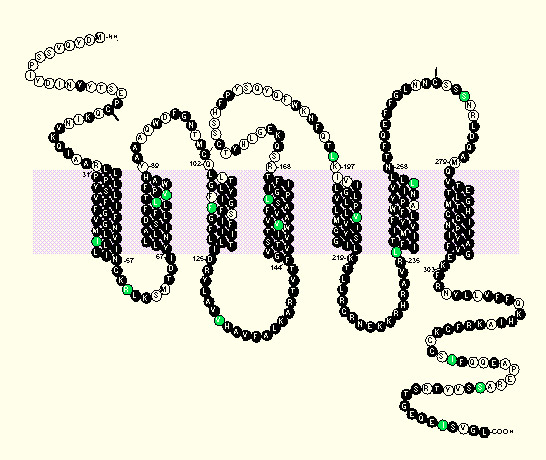Scientists from The Scripps Research Institute have found a new method to halt HIV infection. Normally when a pathogen is first picked up by the body, immune cells chew up the pathogen and present the bits to white blood cells. The white blood cells that recognize some of these bits then activate B cells to produce antibodies that fight against what was recognized. Usually, this is effective against most types of pathogens, which can be cleared up by the immune system in a week or two. HIV (human immunodeficiency virus), however, invades white blood cells responsible for defense against viral and bacterial infection. Once the majority of the body’s white blood cells are infected, patients lose their immune protection against other pathogens which may lead to AIDS (acquired immunodeficiency syndrome). Therefore in the case of HIV, broad recognition through normal immune defense isn’t enough, because HIV attacks the very white blood cells that recognize them.
Image Source: JACOPIN
In Nature, the research team described the new protein they made, currently unnamed, to be more potent than broadly neutralizing antibodies (proteins that block HIV infection) since it blocks off the CD4 receptor on the cell that HIV needs to enter the cell and and can also neutralize the virus. This was achieved by fusing an antibody against CD4 to block viral entry and against the CCR5 protein antagonist that binds specifically to HIV molecules to neutralize HIV. This is especially noteworthy because HIV uses the CCR5 protein on its surface to infect cells, so blocking this protein stops HIV infection mechanism.
By using adeno-associated (DNA) viruses that carry instructions for cells to synthesize their particular protein (a fusion of CD4-Ig and CCR5 mimetic sulfopeptide) and injecting them into muscle cells, the researchers can have their protein continuously synthesized for up to 40 weeks. These proteins, along with the CD4 receptor that HIV binds to, then traverse throughout the body, binding and effectively neutralizing the HIV virus by tricking it into thinking it is bound to the correct target. When the immune system finally encounters the HIV, the virus has already been bound to the synthetic protein and inactivated.
The research team’s work with Rhesus Macaques (a monkey infect-able with HIV) proves to be fruitful in HIV research. However, more research has to be done because gene therapy (DNA virus injection in muscles) on humans remains a huge controversy.
Feature Image Source: CCR5 by AAJ1










